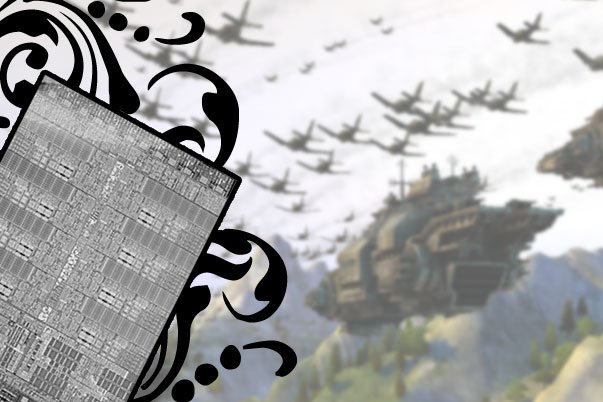PS3: What it does
And why you want it. We tell all
The geek stuff
The Cell processor that powers the PS3 is the result of a collaboration between three electronics titans: Sony, IBM, and Toshiba. The Cell processor is more than powerful enough to usher in the next generation of gaming. It runs at 3.2GHz, the same speed as the Xbox 360's processor. However, the Cell has eight cores compared to the 360's six - a significant jump in power which ought to allow for more complex gameplay down the road. On top of that, nVidia's RSX graphics chip, which is about equal in power to the company's absolute newest PC cards, drives the graphics of the PS3.
The Blu-ray disc drive in the unit will allow for discs that store up to 54GB of data; current DVD-ROM discs on the PS2 (and Xbox 360) can only store 8.5GB of data. Here's hoping there aren't any six-disc PS3 to 360 ports...

Above: The Cell processor allows for the massive squadrons of Warhawk.
Why should I care? Three huge international companies wouldn't join forces and invest billions of dollars - and several years - developing a chip that isn't worth the money or time. The graphics are also top-of-the-line.
This all boils down to the best-looking games, of course, but it also will allow for gameplay innovations: enemies that react smarter, and situations that can evolve. Metal Gear Solid 4 isn't boss just because its graphics are utterly amazing; the game's changing battlefield, which will find Solid Snake playing two sides of a war against each other, is the kind of innovative gameplay feature the PS3 will make possible.
Sign up to the GamesRadar+ Newsletter
Weekly digests, tales from the communities you love, and more
By the same token, the Blu-ray capabilities are important because there will be much more room for game content, audio and video, and bonus material on PS3 games than any previous format. This is not to mention the fact that you'll be able to use your PS3 as a Blu-ray player and watch swank HD movies.


